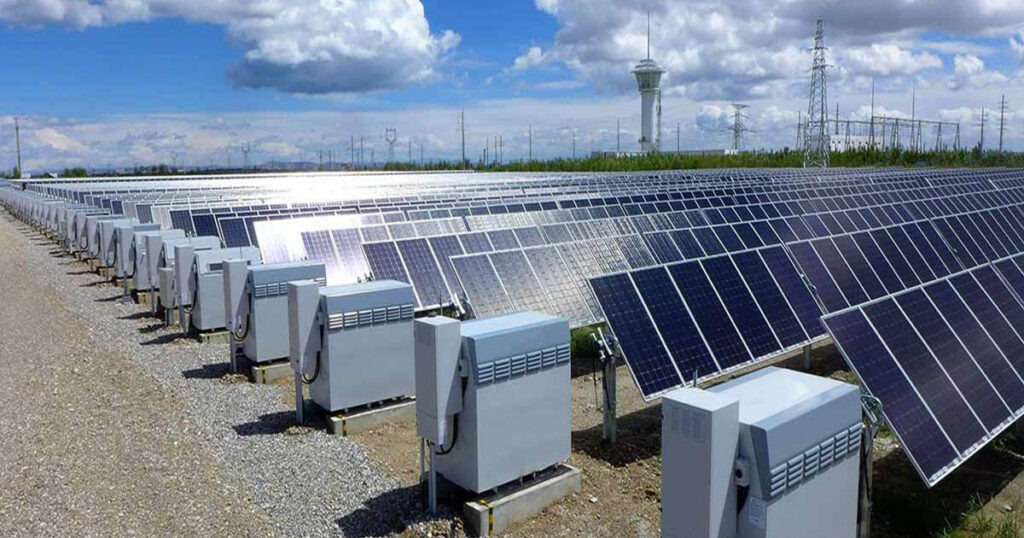Batteries in photovoltaic (PV) systems, commonly known as solar battery systems, play a crucial role in storing excess energy generated by solar panels for later use, such as during periods of low sunlight or power outages. The process requirements for batteries in photovoltaic systems involve various considerations to optimize performance, maximize energy storage, and ensure longevity.
- Battery Chemistry:
- Choose the appropriate battery chemistry for the photovoltaic system. Common choices include lead-acid, lithium-ion, and flow batteries. Factors such as energy density, cycle life, and cost should be considered based on the specific requirements of the solar installation.
- Capacity Sizing:
- Size the battery bank appropriately to meet the energy storage requirements of the PV system. Consider factors such as daily energy consumption, load profiles, and the desired autonomy (number of days the system can operate without sunlight).
- Charge and Discharge Control:
- Implement a charge controller to regulate the charging and discharging of the batteries. This helps prevent overcharging during periods of high solar generation and excessive discharging during periods of low solar input.
- Depth of Discharge (DoD):
- Determine the acceptable depth of discharge for the batteries. Limiting the depth of discharge can extend battery life. This parameter may vary depending on the battery chemistry and manufacturer specifications.
- Temperature Control:
- Manage the operating temperature of the batteries to optimize performance and prolong life. High temperatures can accelerate aging, while low temperatures can reduce efficiency. Proper ventilation and, if needed, active temperature control systems are important.
- Monitoring and Management:
- Implement a battery management system (BMS) to monitor key parameters such as voltage, current, temperature, and state of charge (SOC). This allows for real-time monitoring and helps identify potential issues before they affect performance.
- Maintenance:
- Establish a regular maintenance schedule for the batteries. This may include visual inspections, cleaning, and checking for any signs of wear or corrosion. Follow the manufacturer’s recommendations for maintenance procedures.
- Inverter Compatibility:
- Ensure compatibility between the solar inverter and the battery system. Some PV systems integrate inverters with energy storage capabilities, allowing for seamless operation and communication between the solar panels, battery bank, and the electrical grid.
- Safety Considerations:
- Implement safety features to protect against overcurrent, overvoltage, and other potential risks. This includes proper installation, use of fire-resistant materials, and adherence to local electrical codes and regulations.
- End-of-Life Planning:
- Develop a plan for battery replacement based on the expected service life. Monitoring the battery’s capacity degradation over time can help anticipate when replacements are necessary, ensuring continued reliable performance.
- Grid Interaction (if applicable):
- For grid-tied systems, consider the requirements for grid interaction, such as compliance with local regulations, anti-islanding protection, and the ability to sell excess energy back to the grid.
By addressing these process requirements, users can optimize the performance, efficiency, and reliability of batteries in photovoltaic systems, ensuring they contribute effectively to sustainable and reliable power generation.


